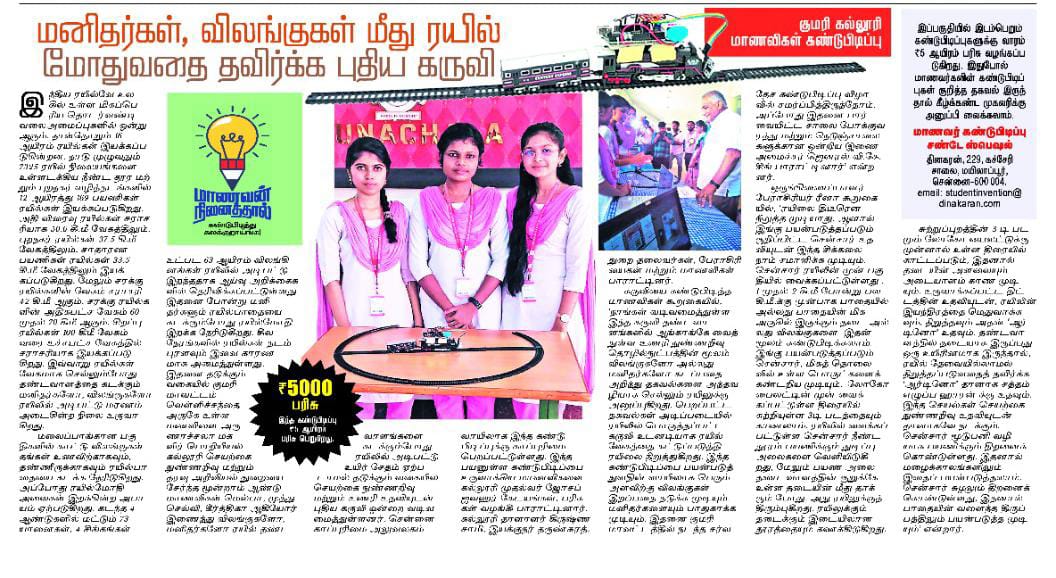
Diabetic Retinopathy Detection System
About the Project
The hardware system employs a meticulously designed image processing pipeline to ensure the highest quality and accuracy of diabetic retinopathy detection
Process Overview
The process commences with the acquisition of retinal images, also referred to as fundus images, utilizing a specialized retinal lens attached to a mobile device. The retinal lens is designed to capture high-resolution images of the patient’s retina, ensuring critical details are preserved. The mobile device serves as a user-friendly interface, enabling seamless image acquisition by patients or healthcare
Image Enhancement Techniques
- Contrast Adjustments: Improving the overall contrast of the image.
- Noise Reduction: Reducing unwanted noise to enhance clarity.
- Image Sharpening: Enhancing the sharpness of the image to reveal critical details.
- Normalization: Ensuring consistent brightness and contrast across different images.
Data Transfer and Processing
The preprocessed retinal image is seamlessly transferred to the core computational unit of the system, the Raspberry Pi, via a secure and efficient data transfer
Algorithmic Analysis
- Convolutional Neural Network (CNN): Extracts complex features from the image, detecting intricate patterns such as microaneurysms, hemorrhages, and exudates.
- Long Short-Term Memory (LSTM): Captures sequential patterns and temporal content, providing a dynamic understanding of disease progress over time.
- Integration: Outputs from both CNN and LSTM networks are integrated to generate a comprehensive understanding of the retinal image’s characteristics.
Stage Classification
The system classifies diabetic retinopathy into specific stages based on the integrated analysis results:
- Mild
- Moderate
- Severe
- Proliferative Diabetic Retinopathy
Data Storage and Output
- Data Storage: Diagnostic results and relevant data are stored in a secure and scalable system, which can include a database or cloud storage.
- Output Screen: Displays diagnostic results to healthcare professionals or patients, including the classification and stages of diabetic retinopathy, providing valuable information for treatment and management.
About Arunachala College of Engineering For Women
Established in 2009, Arunachala College of Engineering for Women (ACEW), located in Vellichanthai, Kanyakumari, Tamil Nadu, is a beacon of empowerment and academic excellence for women in India.
Accreditations and Rankings
ACEW is accredited with a prestigious NAAC 'A' Grade and an exceptional CGPA of 3.24, the highest for this grade. Ranked No. 1 among Women’s Engineering Colleges and 2nd among all Co-ed Engineering Colleges in Tamil Nadu as per Anna University, Chennai.
Awards and Recognitions
Honored as the Best Women’s Engineering College in India by ISTE, New Delhi, in 2019. Our students have earned 231 University Ranks, including 6 Gold Medals, showcasing their academic prowess.
National Recognition
ACEW is ranked within the 200-300 band in the NIRF (National Institutional Ranking Framework), reaffirming its position as one of the leading institutions in the country.
Academic Programs
- B.E. in ECE, EEE, CSE
- B.Tech in AI & DS, IT
- M.E. in Computer Science, PED, CSE, AE, CEM
- MBA and MCA
- Ph.D. in EEE and ECE



